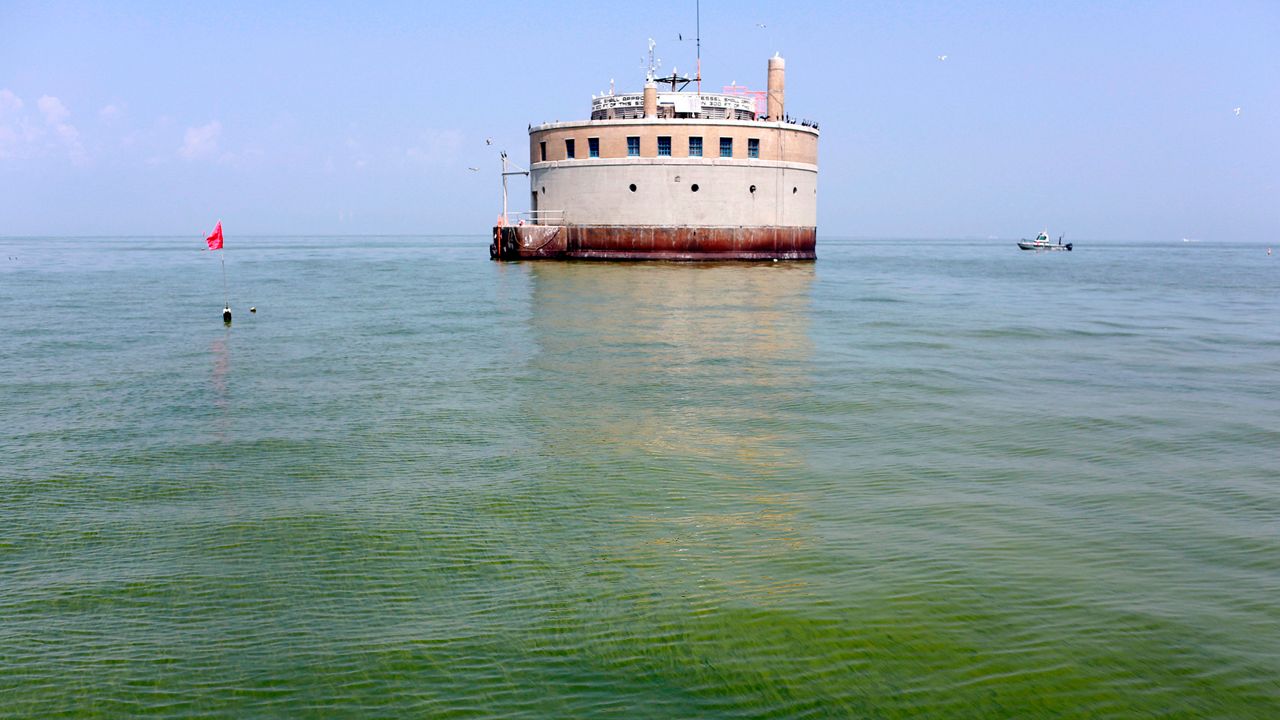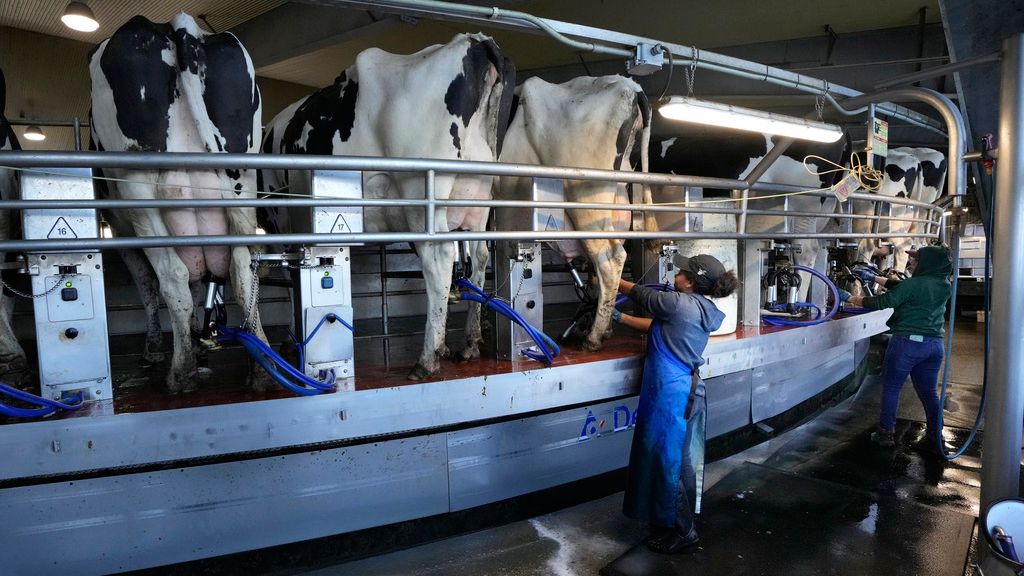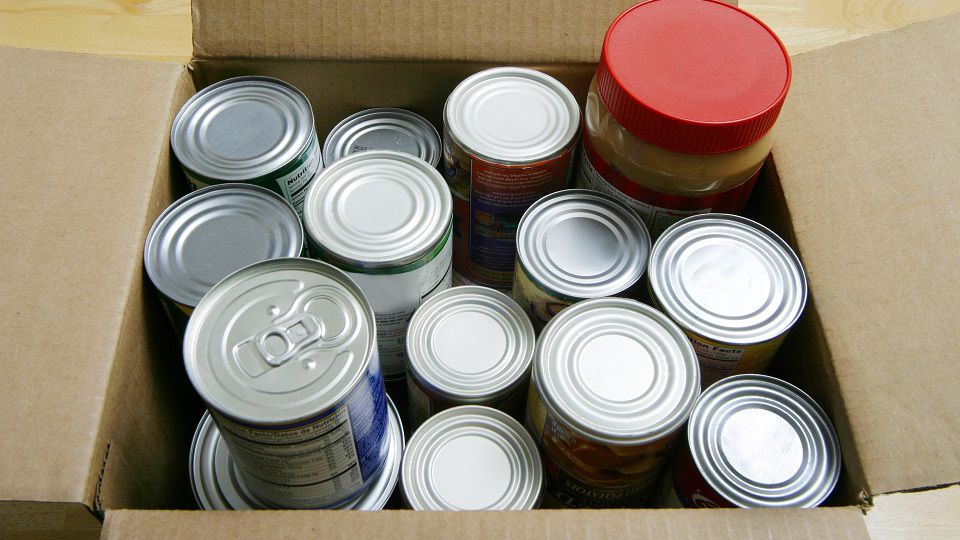OHIO — The U.S. Environmental Protection Agency (USEPA) awarded the Ohio Department of Agriculture (ODA) with a $2 million grant from the Great Lakes Restoration Initiative that will go toward Gov. Mike DeWine's H2Ohio plan.
The H2Ohio plan, launched in November 2019, aims to improve water quality across the state by helping to reduce algal blooms, improve watershed infrastructure and implement lead contamination prevention. This grant will specifically go toward the Maumee Watershed.
"After the initial signup period for H2Ohio agriculture best management practices, there was considerable interest from farmers in the 14 counties of the Maumee Watershed with over 1,800 farmers signing up and over 1 million acres of farmland enrolled," ODA wrote in a press release. "With such great interest in the H2Ohio program from farmers, ODA will use the funds to provide more assistance to Soil and Water Conservation Districts across the Maumee River Watershed to implement H2Ohio practices and to track program progress and completed practices."
The Maumee Watershed, located near Toledo, drains a total of 5,024 square miles in Ohio, according to the USEPA. It goes through a total of 18 counties. Major municipalities partially or fully in the watershed include Toledo, Defiance, Findlay, Lima, Van Wert, Napoleon and Perrysburg.
The western basin of Lake Erie, which the watershed is a big tributary of, no longer provides drinking water due to harmful algal blooms.
National Oceanic and Atmospheric Administration (NOAA) expects this year's algal blooms in Lake Erie to be smaller than normal this summer.
NOAA said last month it's expected to be around the same size as those in 2016, 2018 and 2020, but not nearly as big as those in 2017 and 2019, which had some of the largest blooms ever recorded.
How big and severe the western Lake Erie algal blooms are depend on the amount of phosphorus that flows through the Maumee River between March 1 and July 31, according to the agency.
It also depends on the amount of rainful, which NOAA expects to be normal throughout June.









